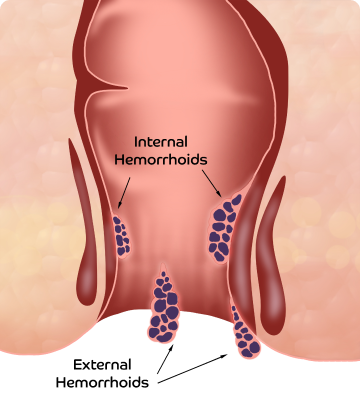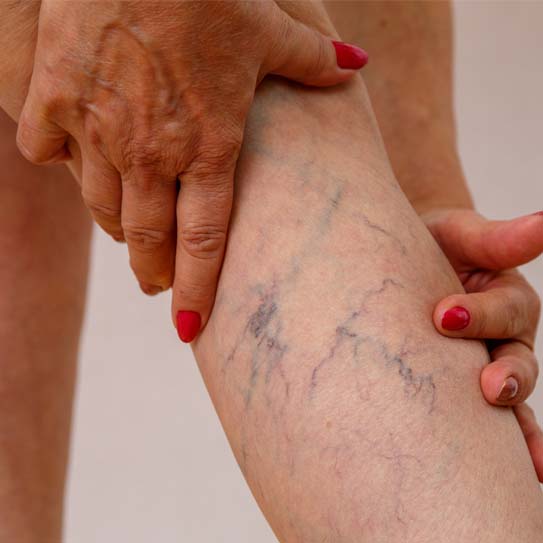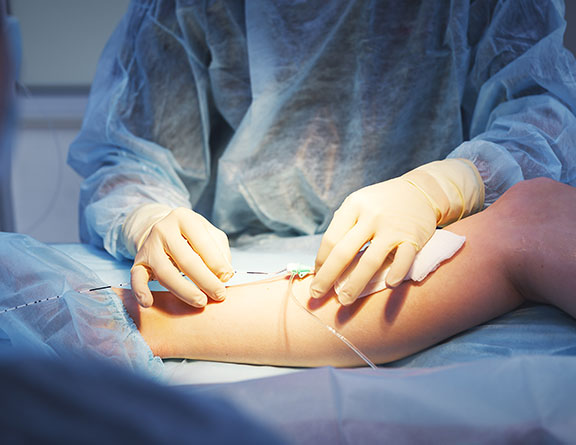How to diagnose varicose veins ?
Our varicose veins doctors in /Kundli/treatment/varicose-veins/ diagnose your condition thoroughly by physically examining your affected veins on the legs. Apart from physical examination, our doctors may recommend diagnostic tests like the doppler [duplex] test and ultrasound scan to find the function of the valve in the groin and help determine the amount of blood flowing backward into the legs.
At Pristyn Care, expert vascular surgeons provide effective varicose veins treatment in /Kundli/treatment/varicose-veins/. Consult our experienced varicose veins doctors for a proper diagnosis by calling the phone number or filling in the form that is on this page.
Procedure or surgery:
Generally, varicose veins can be treated and cured with the help of procedures like:
- Ligation and stripping
- Sclerotherapy
- Laser varicose veins surgery [simple surgery and endovenous surgery]
- Radiofrequency treatment
- Endothermal ablation
- Ambulatory phlebectomy
However, vascular surgeons at Pristyn Care, /Kundli/treatment/varicose-veins/, prefer to recommend and perform laser treatment for varicose veins. This procedure is one of the best and safest ways to eliminate varicose veins at an affordable cost and involves no cuts, no major risks or complications, and minimal bleeding.
Usually, two types of laser surgeries are performed – simple laser treatment and endovenous laser treatment.
Simple laser treatment: This is preferred to perform outside of the skin and helps to treat small and tiny varicose veins rather than large varicose veins. And more than one laser session is required and scheduled every 6 to 12 weeks.
In this varicose veins treatment, laser heat is used to damage a vein and form scar tissue. This scar tissue will cause the loss of blood supply to the varicose veins, which eventually leads to the death of varicose veins. Over a period of time, the veins will disappear.
Endovenous laser treatment: This type of laser varicose veins surgery helps to treat large varicose veins in the legs.
- Before performing this treatment, you will be given a light sedative or local anesthesia, which helps to numb the surgical area.
- Then a small cut will be made in your skin to insert the catheter [a thin tube].
- Next, a laser fiber will be passed through the catheter into the varicose vein.
- Once the laser fiber is in place, the vascular surgeon will slowly remove or pull out the catheter.
- By doing so, a high-energy laser emitted from the laser fiber will heat up the varicose veins, making them close and eventually lead to shrink.
- Once the procedure is done, the cut or incision made will be patched up with badges.









.svg)









